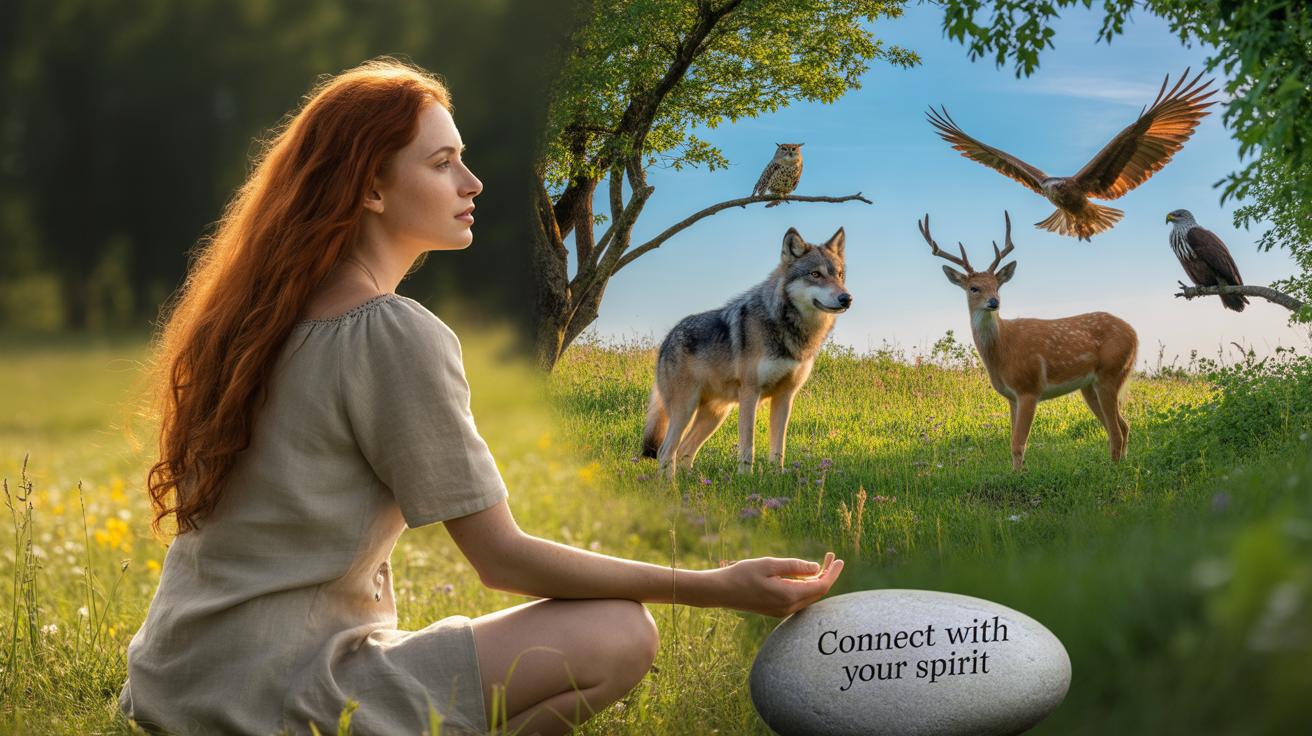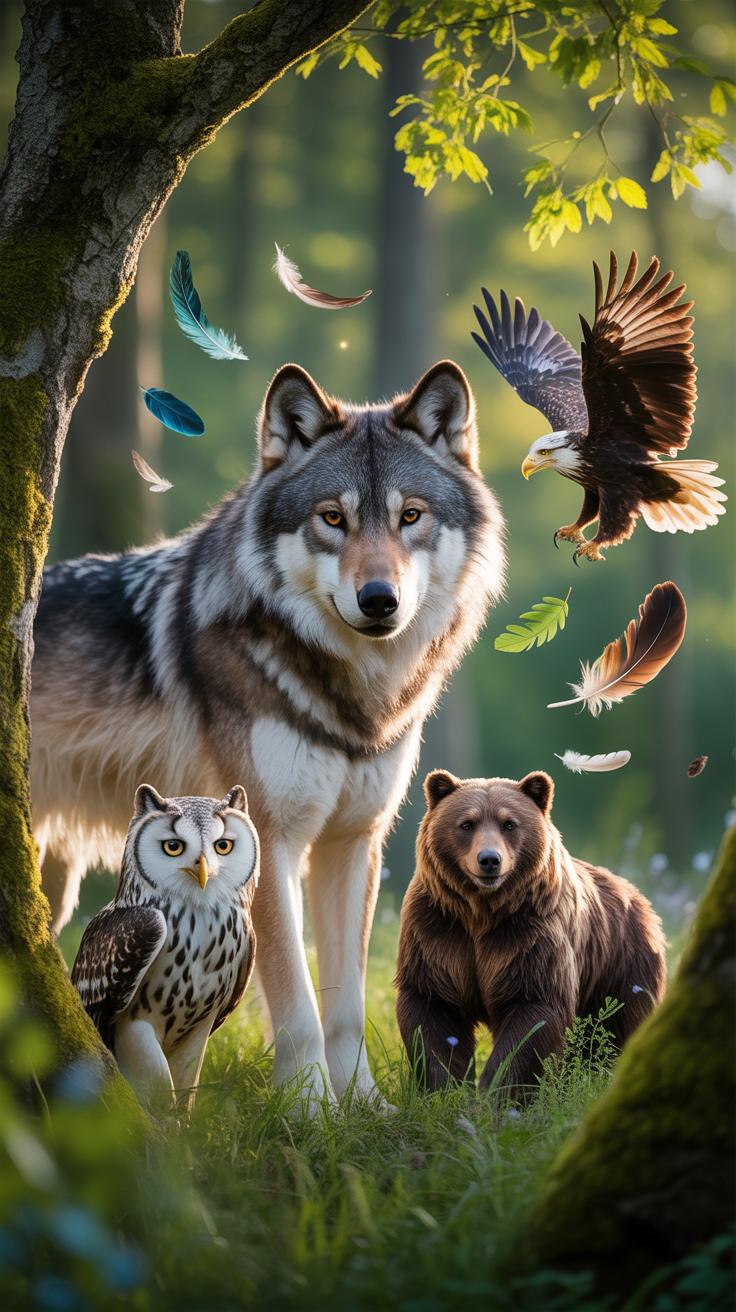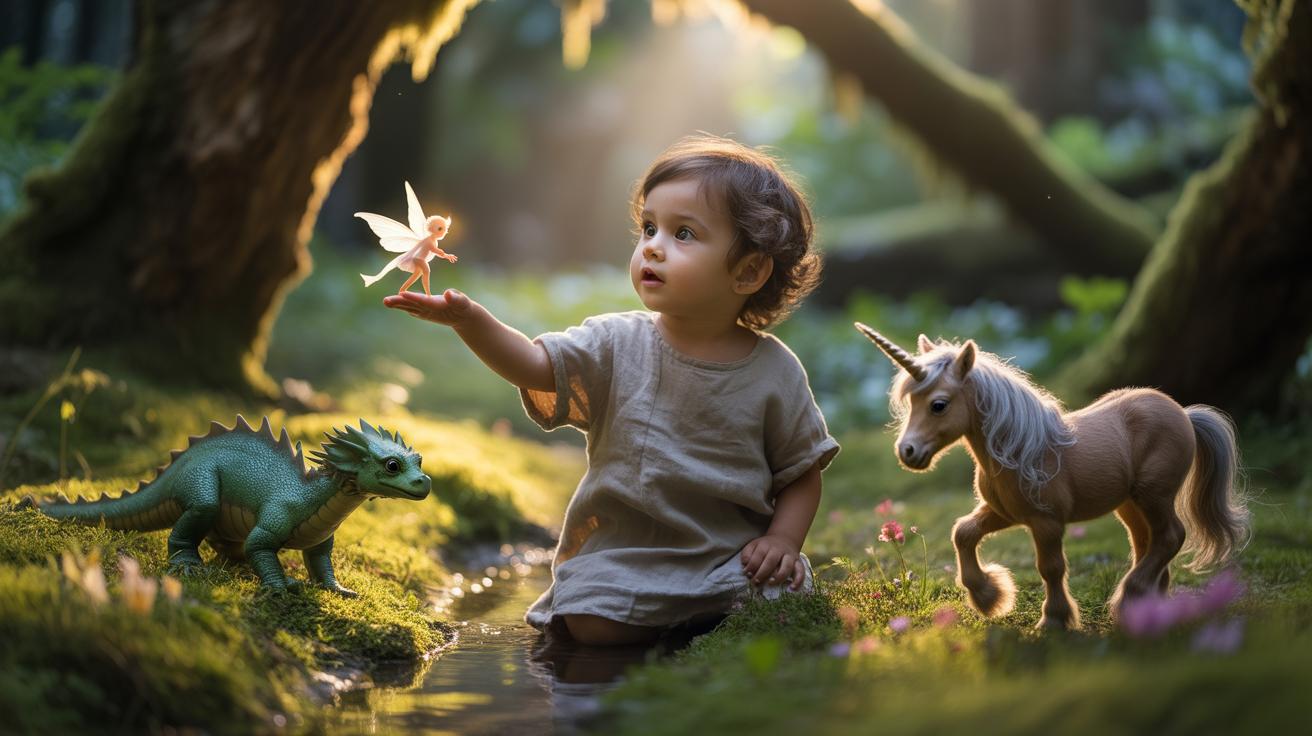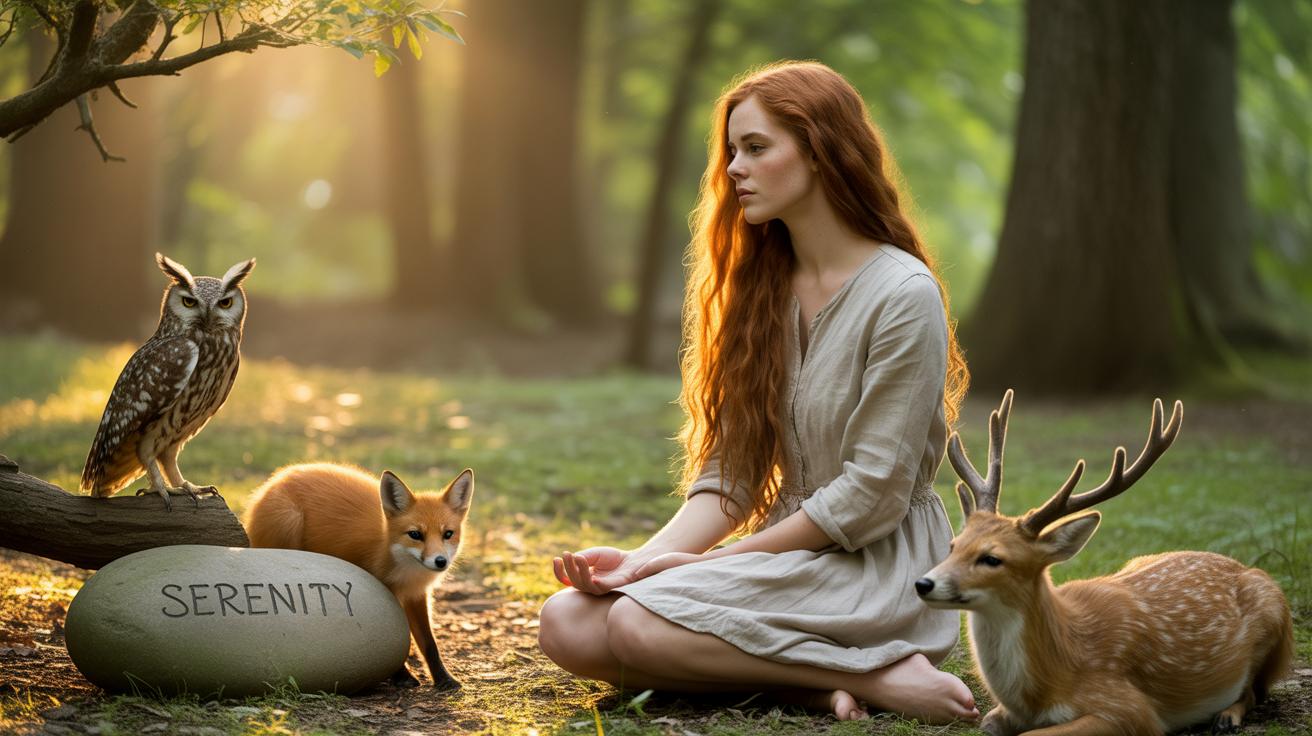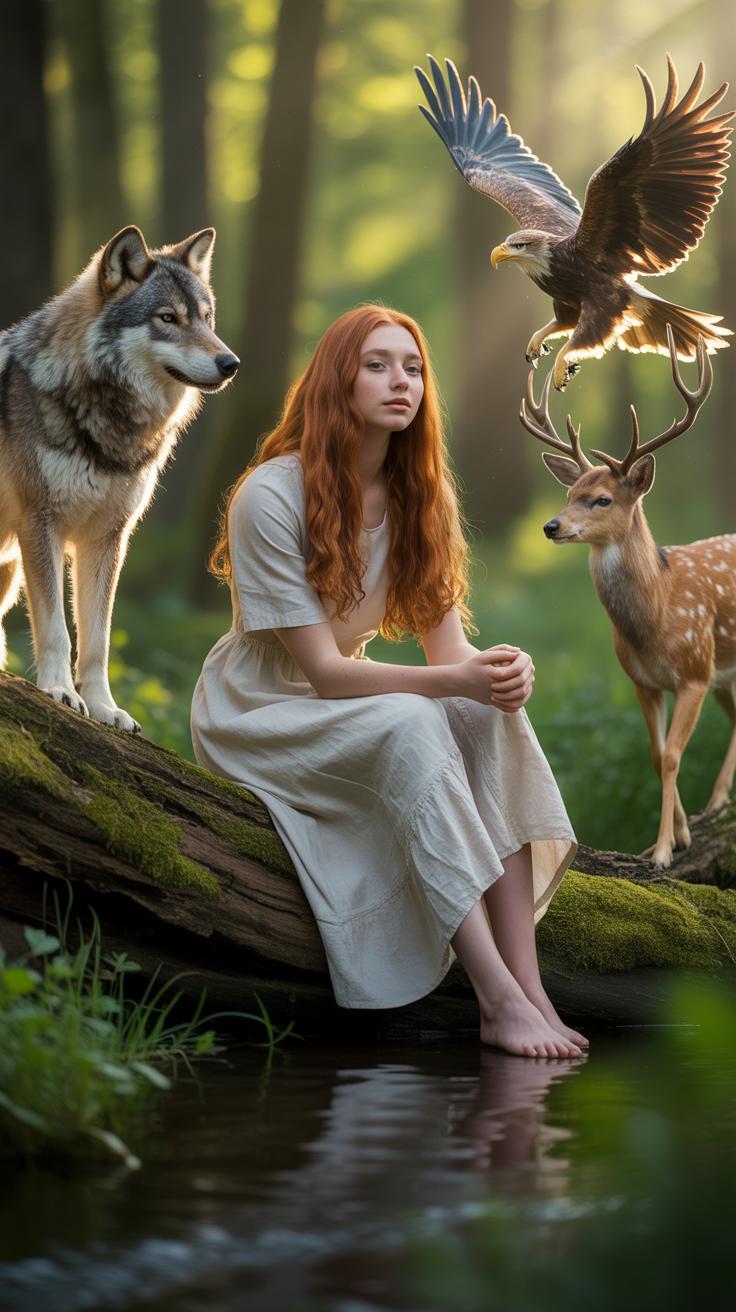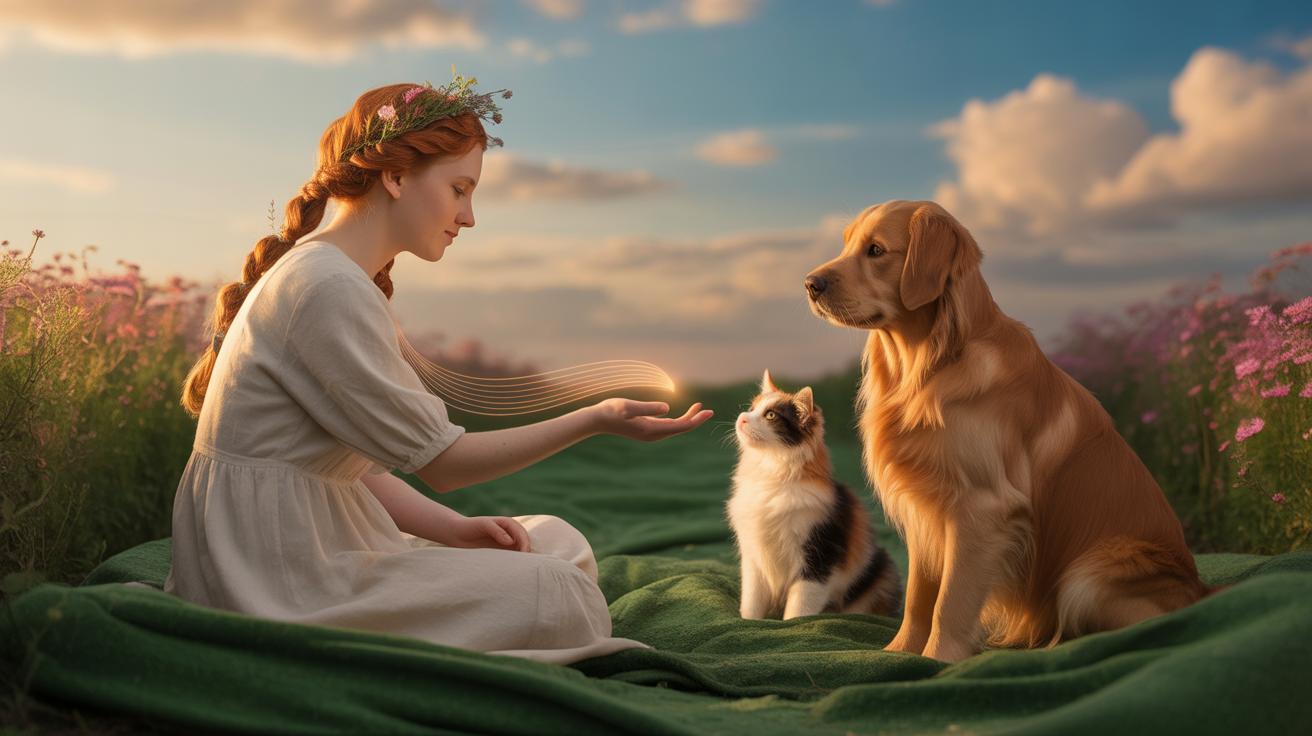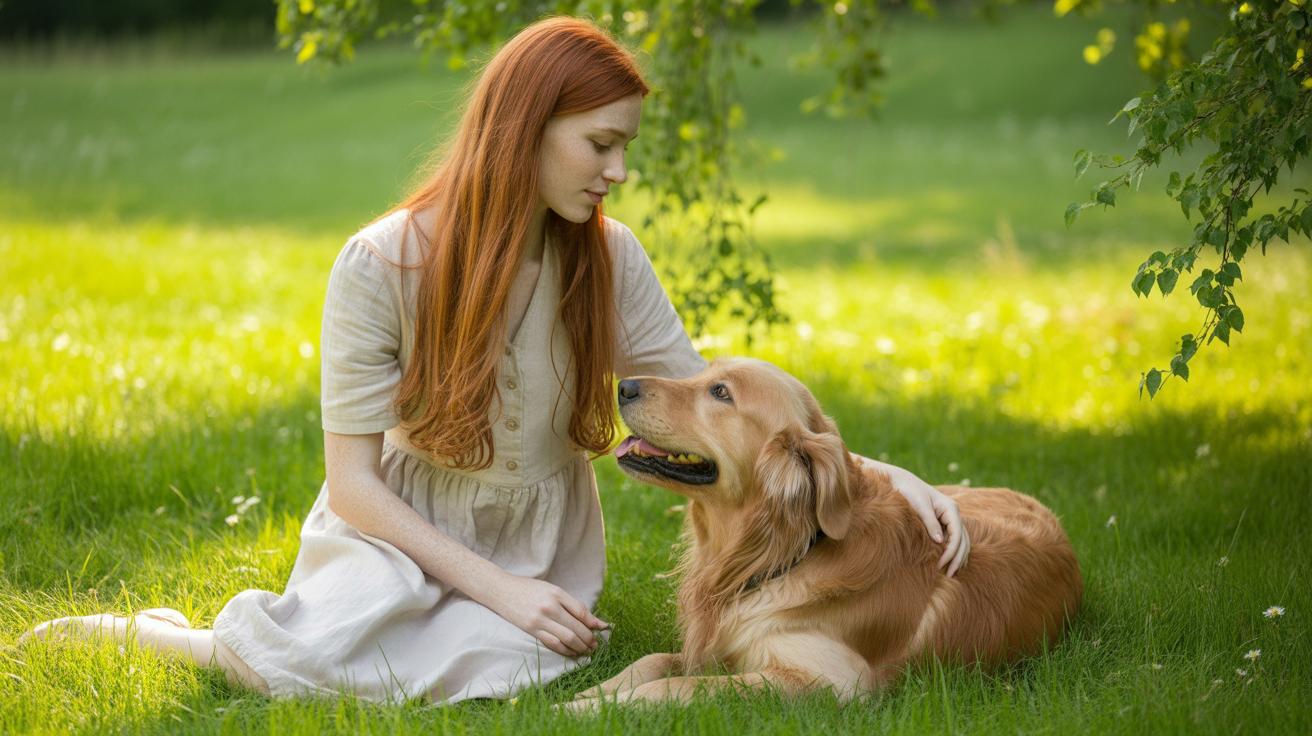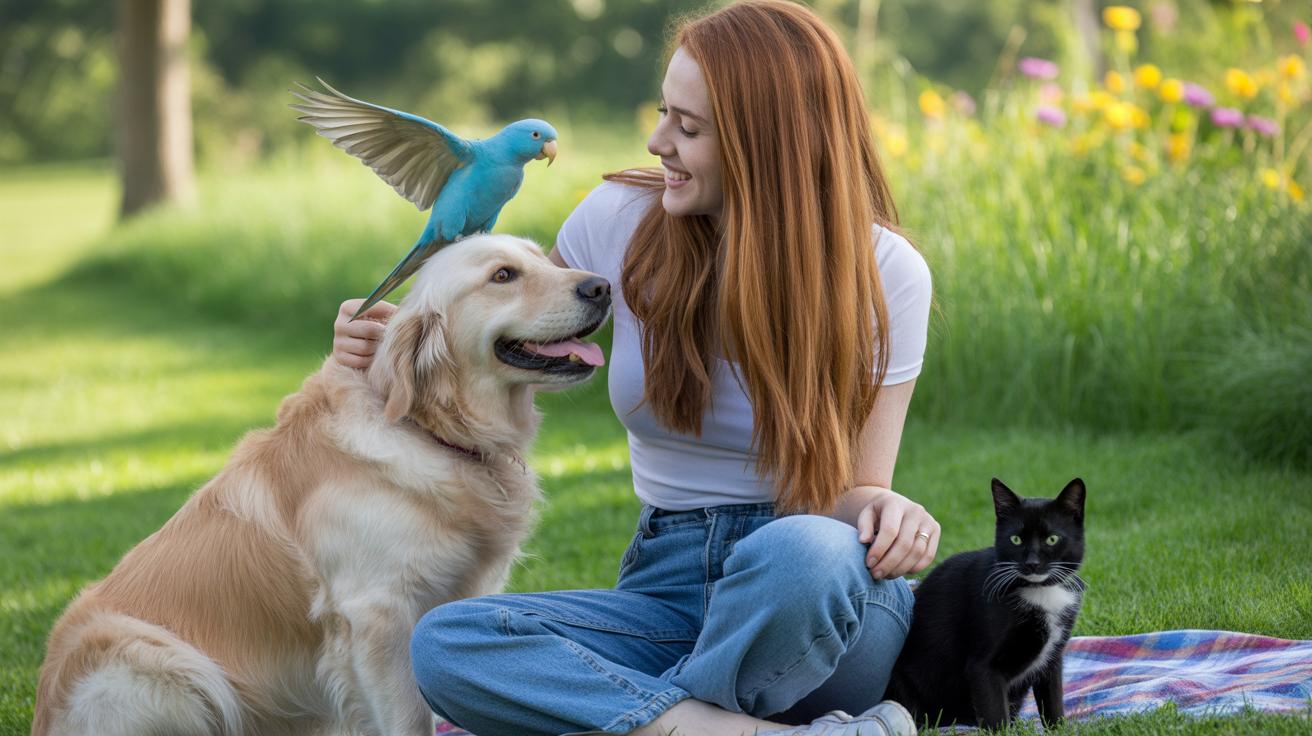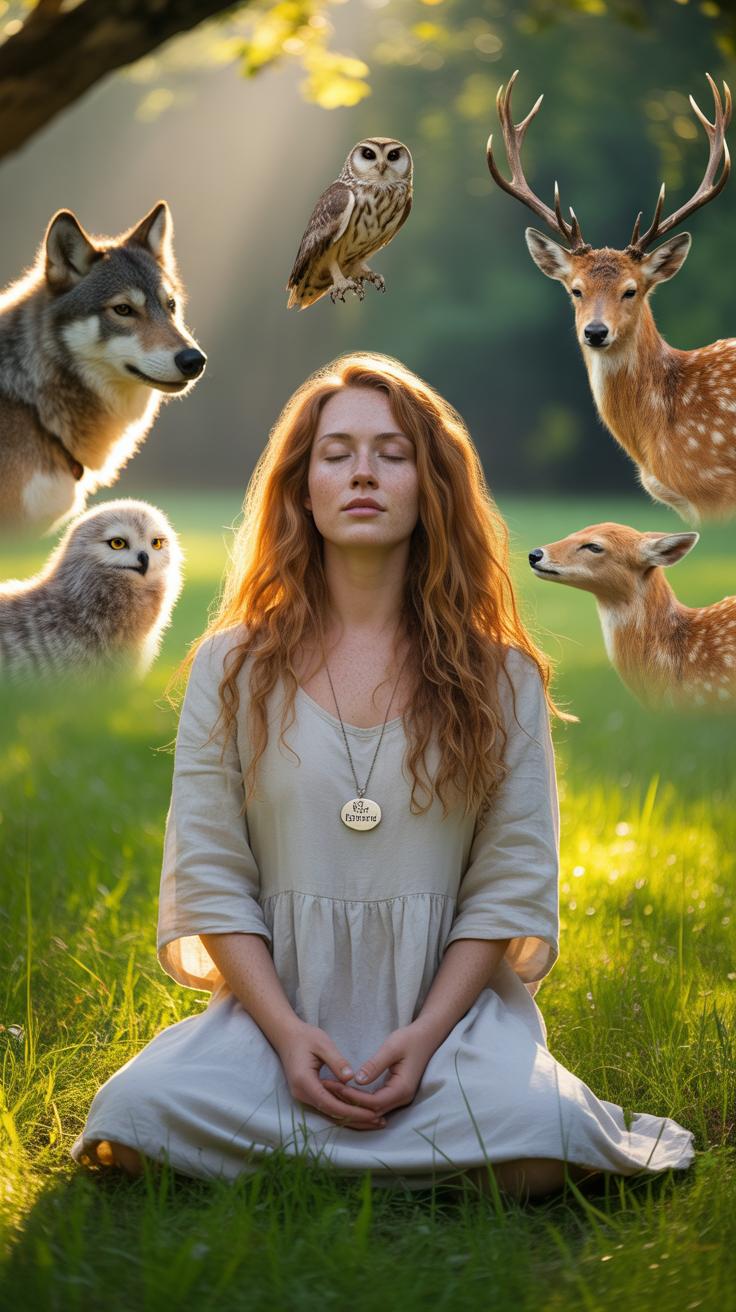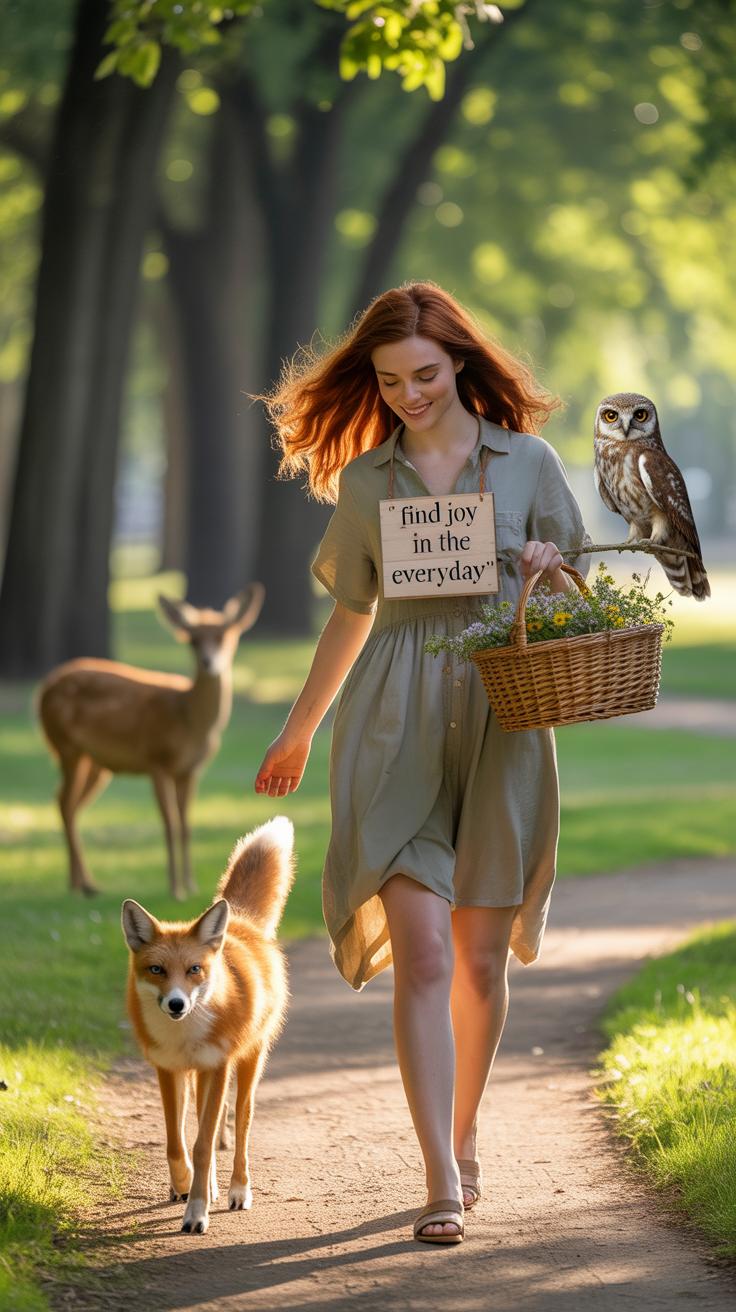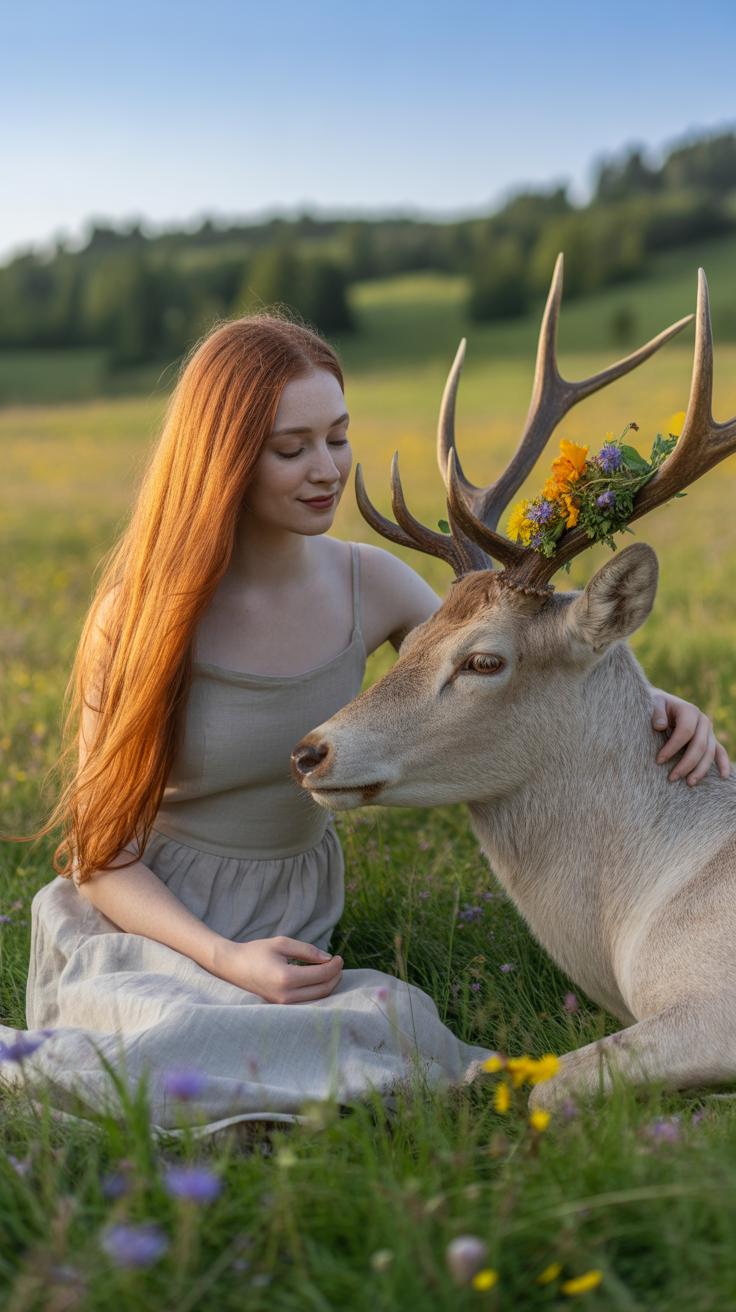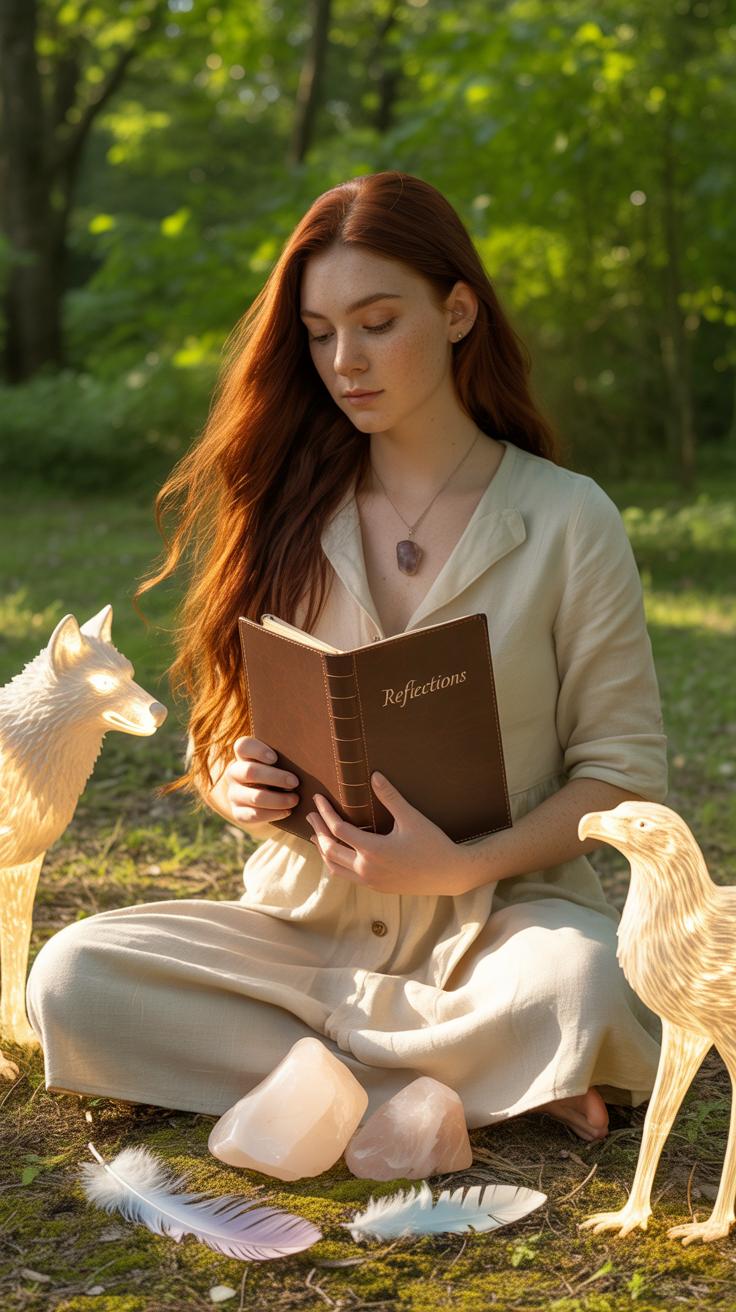Introduction
Spirit animals have been part of human culture for centuries. They are believed to guide, protect, or symbolize aspects of a person’s character. Many cultures see spirit animals as a connection to the spiritual world and a way to understand oneself better.
This article explores the meaning of spirit animals and provides practical ways for you to connect with your spirit animal today. You will learn what spirit animals represent, how to recognize yours, and how to use this connection for personal growth and guidance.
Introduction to Spirit Animals
Spirit animals are often thought of as symbolic creatures that reflect aspects of ourselves or provide guidance through life’s challenges. They are seen as spiritual guides, messengers, or companions that offer insight into personal struggles or strengths. Different cultures have viewed these animal guides in varying ways, but the common thread is their connection to the human spirit.
Many people imagine spirit animals as having a protective role or as symbols embodying qualities like courage, wisdom, or resilience. You might hear about someone’s spirit animal showing up during a difficult time or in a dream, subtly nudging them toward a new perspective or decision. This idea resonates because, I think, animals often represent traits we aspire to or need to understand better in ourselves.
Origin of Spirit Animal Beliefs
The belief in spirit animals isn’t limited to one place or culture—it stretches across the globe and through time. Native American traditions, for example, deeply tie animal spirits to identity and belonging. Many tribes regard certain animals as protectors or guides, with ceremonies designed to honor these connections.
Shamanic cultures around the world also interact with animal spirits. Shamans often enter trance states to receive messages or aid from these beings. Whether it’s a wolf guiding someone through a rite of passage or a bear offering strength, the animal serves as a bridge between the physical and spiritual worlds.
Other cultures—like some African and Siberian groups—have similar practices where animals embody ancestral wisdom or natural forces. So, the idea of spirit animals isn’t just ancient—it’s a widespread human experience, though the specifics can be very different.
Difference Between Spirit Animals and Totems
The terms “spirit animal” and “totem” sometimes get mixed up, but they point to different concepts. A totem usually represents a family, clan, or community’s collective identity, often passed down through generations. It’s more about shared ancestry or group belonging.
Spirit animals, on the other hand, tend to reflect an individual’s personal guide or guardian. They might show up temporarily, during certain moments, rather than permanently sticking with a whole community.
Totems often symbolize protection and heritage, linked to rituals and ceremonies involving entire groups. Spirit animals can be more fluid. You might have several spirit animals throughout your life, each with a unique lesson or message.
Understanding this helps if you’re looking to connect with your own animal guide. It’s less about adopting a family emblem and more about discovering an animal that resonates with your current path.
Importance of Spirit Animals in Personal Growth
Spirit animals often show up as mirrors, reflecting parts of ourselves we might not fully recognize or admit yet. They can highlight qualities we possess or challenge us to grow in ways we might resist. For example, someone struggling with confidence might find strength in a lion’s fierce presence, nudging them to embrace courage they’ve tucked away.
Connecting with your spirit animal can offer a surprising kind of clarity. It’s not always about receiving a clear answer but rather about tuning in to a deeper sense of who you are—or who you could become. These creatures might remind you of lessons left unfinished or traits that need more attention in your life.
You might notice your spirit animal appearing during stressful or confusing times. People often find comfort in the idea that this animal acts like a guide, quietly offering advice or reassurance when words fail. For instance, a turtle could symbolize patience when life feels rushed, or an owl might encourage seeing beyond the obvious during tough decisions.
- Spirit animals reflect essential personal lessons and qualities you may overlook.
- They can serve as a tool to connect with your inner world and values.
- In difficult moments, they can provide a sense of direction or calm.
I’ve found myself pondering what my spirit animal tries to tell me, especially when the message isn’t obvious right away. Maybe that hesitation is part of the process—it’s not about instant answers, but an ongoing conversation within yourself.
Common Spirit Animals and Their Meanings
Spirit animals often appear in various forms, each carrying unique traits and lessons. Some animals show up more frequently, probably because their qualities resonate deeply with human experiences. Take the eagle, for example—people often associate it with freedom and a broad perspective. It’s like the eagle invites you to rise above your daily worries and see the bigger picture, reminding you that sometimes stepping back helps.
Owls, another common bird spirit, suggest wisdom but also the unknown. They’re creatures of the night, so they might symbolize your ability to find clarity even when things feel unclear or confusing. It’s funny—you think you know what wisdom is, but seeing the owl nudges you to question what you really understand.
Switching to mammals, wolves are probably one of the most talked-about spirit animals. They symbolize loyalty, community, and intuition. Their pack mentality hints at the importance of relationships, but wolves also teach independence. That duality is intriguing; they’re social yet can be fiercely solitary.
Bears offer a different kind of strength. Beyond their power, they often represent introspection because they hibernate. They remind you that sometimes retreating and turning inward isn’t a sign of weakness but a way to recharge and grow. I’ve found that thought comforting, especially during tough times.
These animals don’t just represent traits; they invite you to explore parts of yourself that might be quiet or ignored. When you meet your spirit animal, it’s less about knowing the “right” meaning and more about feeling what fits or challenges you. Which animal feels like it’s trying to tell *you* something, right now?
Birds as Spirit Animals
Birds hold a special place as spirit animals because of their ability to soar and their different viewpoints. The hawk, for instance, demands attention to detail and sharp focus. It encourages you to sharpen your awareness, especially when you feel lost or distracted. I’ve noticed when the hawk crosses my path, I’m suddenly more alert, like my mind clicks into a higher gear.
Then there’s the dove—usually linked to peace and healing. It’s gentle but persistent, a reminder that calm moments can bring powerful changes. If your spirit animal is a dove, maybe it’s asking you to seek quiet amid chaos.
Birds, in general, might challenge you to think about freedom differently. It’s not always about dramatic escapes but sometimes about freeing your mind or seeing situations from multiple angles. What do your birds say about your current freedom or limitations?
Mammal Spirit Animals
Mammals tend to symbolize qualities grounded in survival and emotional connection. The wolf’s lessons in loyalty and boundary-setting resonate with many who struggle between wanting closeness and needing space. I’ve wrestled with that balance myself, and the wolf’s spirit nudges you to find it without guilt.
Bears, beyond their strength, also bring a layer of nurturing. They protect and care deeply for their young, which might be a reminder about your own protective instincts or a nudge to be gentle with yourself. Sometimes we associate bears only with power, but there’s a softness beneath.
Deer often symbolize gentleness and intuition. They can signal a need to be more tender with your feelings or surroundings, even if it feels like a vulnerability. I think many overlook how being gentle can also be incredibly brave.
All in all, mammal spirit animals offer lessons not just about strength but about relationships—to self and others. Maybe one of their messages resonates with you, or maybe it’s a quiet invitation to explore traits you haven’t paid much attention to before.
How to Discover Your Spirit Animal
One of the first steps to finding your spirit animal is simply paying close attention to the animals that appear repeatedly in your life. Maybe you keep seeing the same bird during your morning walks, or a certain type of insect keeps showing up unexpectedly. These encounters aren’t always dramatic; sometimes, it’s just a subtle nudge that something is trying to catch your attention.
Try keeping a small journal to note when and where these animals appear. Are they showing up during moments of stress? Or perhaps during times of calm? This kind of observation can reveal patterns you might otherwise miss.
Pay Attention to Animal Encounters
Repeated sightings can feel coincidental, but when an animal starts to pop up across different situations or places, it may be worth reflecting on their presence. Think back: do you feel drawn to that animal? What feelings arise when you notice them?
Sometimes, the animal might come in a dream, or you might hear its call at just the right moment. These encounters can be gentle clues pointing to your spirit guide.
Meditation and Visualization Techniques
Sitting quietly and turning inward can also help you meet your spirit animal. During meditation, try to relax your thoughts and imagine yourself in a natural setting—like a forest or near a body of water. Wait patiently to see which animal appears or approaches you.
You don’t have to rush this. Sometimes, the image or sensation of an animal will come quickly; other times, it might take several sessions. It helps to ask quietly in your mind, “Who is here for me?” Then observe without judgment what arises.
After your meditation, jot down what you experienced. You might describe the colors, sounds, or emotions connected to the animal. These details can deepen your understanding and help you recognize your spirit animal more clearly over time.
Developing a Relationship With Your Spirit Animal
Staying connected with your spirit animal takes more than just recognizing its presence once. It’s an ongoing process, one that asks you to tune in regularly—even when life feels noisy.
Try keeping a journal focused on your experiences with your spirit animal. Write down dreams, sudden thoughts, or moments when you feel its influence. This practice doesn’t have to be rigid; even brief notes or sketches can help you notice patterns. You might be surprised how often your spirit animal shows up if you pay attention.
Dreams offer another doorway. Before sleep, invite your spirit animal to appear, then reflect on the dreams you remember. Sometimes the connection is subtle—a feeling or symbol rather than a full encounter. Don’t dismiss those fragments. They can be just as meaningful.
Using symbols or art can deepen this bond. Maybe you create small drawings, collect images, or wear jewelry inspired by your spirit animal. Objects like these become reminders, grounding you when you need clarity or strength. For instance, I once painted my spirit animal during a stressful period. Every time I saw that painting, it calmed me, almost like a silent conversation.
What ways might you explore to keep this connection alive? It doesn’t have to be perfect or constant, just something that feels natural.
Using Spirit Animals in Daily Life
Decision Making
When faced with tough choices, you might find it helpful to think about your spirit animal’s traits. For example, if your spirit animal is a wolf, known for its persistence and loyalty, you could ask yourself how those qualities might apply. Would being patient and sticking to your values lead to a better decision? This isn’t about pretending you’re an animal but rather borrowing a mindset.
Sometimes, your spirit animal’s nature might present more than one angle. Say your animal is a deer, signaling gentleness and caution. Should you take a more careful approach? Or maybe tap into that subtle strength and trust your instincts? It’s not a magic answer, but a way to pause and reconsider options from a new perspective.
Handling Stress and Challenges
Stress can feel overwhelming, but calling on your spirit animal’s energy might ground you. If your spirit animal is a turtle, for example, slow down and breathe, just like the turtle’s steady pace. This can remind you to stay calm amidst chaos. I’ve noticed that when I focus on the calmness my animal represents, it’s easier to find moments of peace, even if just briefly.
On the other hand, if your spirit animal is a bear, you might draw on its strength when things feel tough. It’s not about forcing yourself but embracing resilience—you don’t have to be unshakable, just persistent. Using those qualities can shift your mindset and help you face challenges with renewed courage. Does that mean it works every time? Probably not. Still, it offers a mental anchor that’s worth trying.
Spirit Animals and Cultural Respect
Understanding Cultural Origins
Spirit animals come from rich traditions, especially within Indigenous cultures like those of many Native American tribes. These beliefs aren’t simply about picking a favorite animal or a fun personality quiz result. They carry deep spiritual meaning shaped over generations, often tied to community stories, rituals, and respect for nature.
It’s easy to overlook this background when we encounter spirit animals in popular culture or mainstream spirituality. But learning about these traditions with care matters. Showing curiosity and humility rather than assuming ownership honors the source communities. You might find, for example, that some animals have very specific roles in ceremonies or represent more than personal guidance—they embody collective wisdom.
Avoiding Cultural Misuse
Embracing spirit animal ideas doesn’t require adopting sacred practices or retreating into stereotypes. But you do want to avoid borrowing elements without context or credit. That can feel disrespectful, even hurtful, to those whose cultures have been misrepresented or commodified.
So, think about these practical steps:
- Focus on what resonates with you personally, without claiming authority over cultural stories.
- Explore spirit animals through credible sources, including voices from within those cultures.
- Avoid using sacred symbols or ceremonies as mere decoration or social media content.
- Recognize that some teachings aren’t open for casual sharing or external interpretation.
It may seem tricky, but this cautious approach opens space for genuine connection—one that respects where spirit animals come from and how they continue to live in people’s lives. You might find that honoring this balance makes your own experience richer and more meaningful.
Spirit Animals and Personal Stories
Sometimes, spirit animals show up when we least expect them, offering guidance in subtle ways. Take Sarah, for example. During a tough career shift, she kept noticing hawks—on billboards, in dreams, even nearby parks. At first, it felt random. But she started paying attention, learning that the hawk symbolizes keen vision and focus. This helped her gain clarity about her next move, encouraging patience and a sharper perspective on opportunities.
Or think about James, who struggled with anxiety. One night, a wolf appeared in his dream, standing strong and calm. That image stuck with him. Over time, James borrowed that quiet strength, reminding himself to trust his instincts and stay connected to his community even when feeling isolated.
Real Life Examples
Here are some ways spirit animals have impacted people:
- A woman who felt stuck in life saw repeated visits from a turtle in nature. It taught her the value of slow, steady progress and patience.
- A man confronting fears of public speaking began visualizing a lion’s courage, which gave him enough confidence to speak up more often.
- After facing grief, someone connected with a raven and found comfort in its symbolism of transformation and mystery.
Lessons Learned
What can you take away from these stories? Perhaps it’s this:
- Spirit animals can be mirrors that reflect your hidden strengths.
- Their presence invites you to slow down, observe, and listen in ways you might not usually consider.
- Connecting with them gently shifts your mindset, making fear feel less overwhelming or clarity feel more possible.
Maybe you’re wondering if your own spirit animal could reveal something about the challenges you’re facing. Sometimes, the lessons don’t come all at once. They unfold bit by bit, like a quiet conversation between you and your inner self, guided by an unexpected friend from the animal world.
Tools and Practices to Strengthen Your Connection
Building a closer bond with your spirit animal often calls for more than just occasional thought. Some tools can help you tune into their subtle messages and presence in a way that feels deeper and more personal. Meditation focused on spirit animals is one such practice. You might try a simple visualization: sit quietly, breathe evenly, and picture your animal appearing in a natural place, like a forest or by water. Notice small details—the way it moves, sounds it might make. Let that image linger without forcing it, letting feelings or insights arise naturally. Sometimes, the image shifts or changes shape; that could be part of the connection evolving.
Journaling is another way to deepen your relationship. Writing down dreams or moments when your spirit animal feels close can reveal patterns or messages that are easy to overlook in daily life. You don’t need to be a skilled writer—just jot down whatever comes, no matter how small or vague. Over time, these notes might uncover recurring themes or feelings that shed light on your connection.
Creating art related to your spirit animal can also open new doors. Drawing, painting, or even sculpting can be surprisingly revealing. Sometimes, what you create reflects something your rational mind hadn’t recognized yet. Even if your artistic skill feels limited, the process itself can spark a different kind of understanding. Have you ever noticed how your hands seem to know what you want to express before your thoughts catch up?
Practices aren’t one-size-fits-all. For example, some find guided meditations helpful, while others prefer silent retreats to listen inwardly. The key might lie in trying various approaches without pressure, noticing what feels right at the moment. What does your spirit animal seem to invite you toward when you explore these tools?
Conclusions
Spirit animals offer an insightful way to understand your personality and life path. By learning to identify and connect with your spirit animal, you gain a source of wisdom and support in daily challenges.
Explore the steps shared in this article to discover your spirit animal. Embrace this connection openly, and allow it to guide you toward greater awareness and confidence in your journey.

